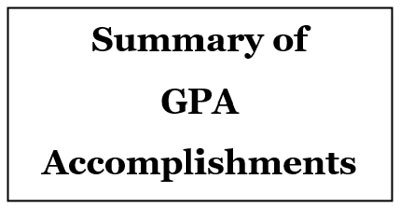In June 1917, a new fire alarm system was installed at Norton’s garage, 78 Boston Street, and connected with the local telephone exchange. When a fire broke out, callers were to notify the Central Telephone office on Whitfield Street, and the operator was to “pull” the alarm.
The borough officials arranged a system of signals for use when the fire whistle was put in commission to inform people of the location of the fire. The apparatus required seventy pounds of compressed air, to blow a signal three times, and was to be powerful and loud enough to be heard all over the borough in any kind of weather condition.
The whistle signals were as follows: Two blasts, around the Green; three blasts, State Street; four blasts, Fair Street; one long and two short blasts, Water Street; one long and three short blasts, Whitfield Street; one long and four short blasts, Boston Street. In addition, one blast at 7 o’clock p.m. was blown each day as a test. A signal for recall of the fire companies was, at that time, still being discussed.
In February 1919, the Board of Warden and Burgesses extended the signals to include: 2-1 – Spencer’s Foundry, 2-2 – Church Street, 2-3 – Knowles-Lombard Co., 1 – Recall. Later on, the signal for Park Street was added (3 long and 1 short blast).Chemical extinguishers were provided for public use and were located at the room of Washington Hose Co, over the Davis grocery store; at house of Eagle Hose Co., Whitfield Street, at the homes of Louis Jacobs, lower Whitfield Street; Daniel O’Neil, Upper Church Street, George P. Rolf’s residence, and Fred H. Rolf, Boston Street. [2]
[1] Photo: ancestry submitter jnfreng (submitted 25 Jun 2010) 26 Apr 2019
[2] Shore Line Times [Guilford, CT] 13 Jun 1918:1, 5 Jul 1917:5, 27 Sep 1917:1, 20 Feb 1919:1, 28 Jun 1945:6 (first tested on Friday, June 22, 1917)
Compiled by Tracy Thompson Tomaselli (2019)




